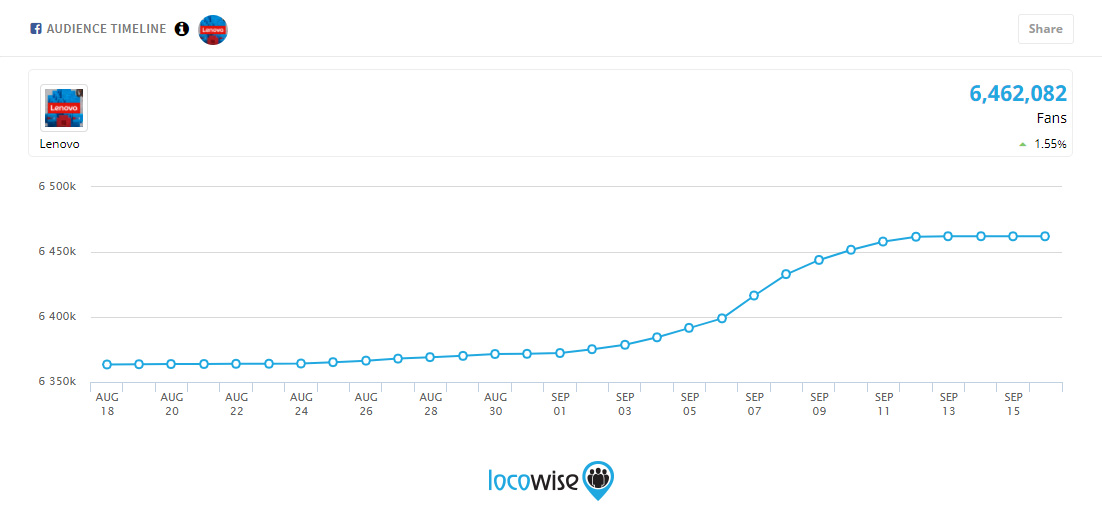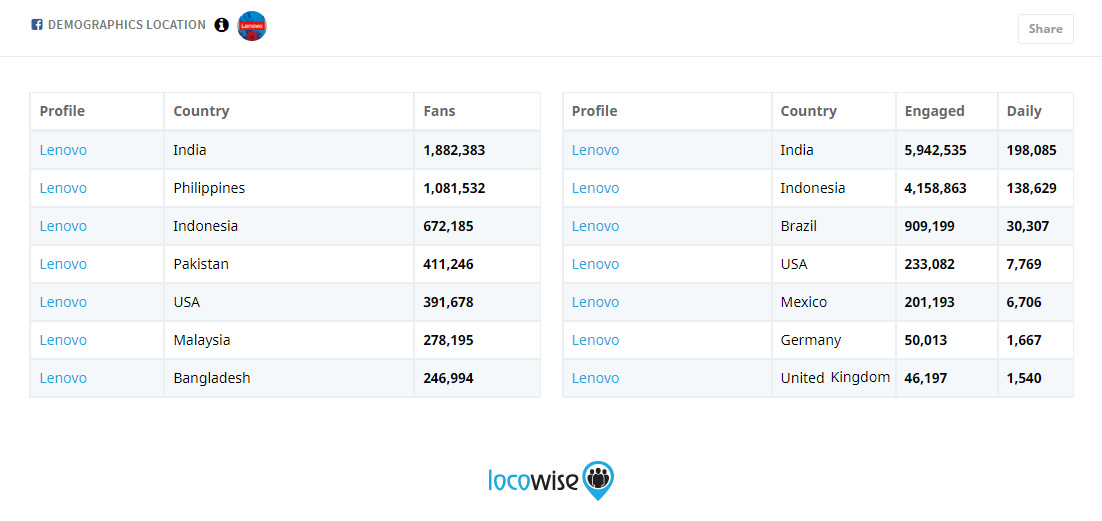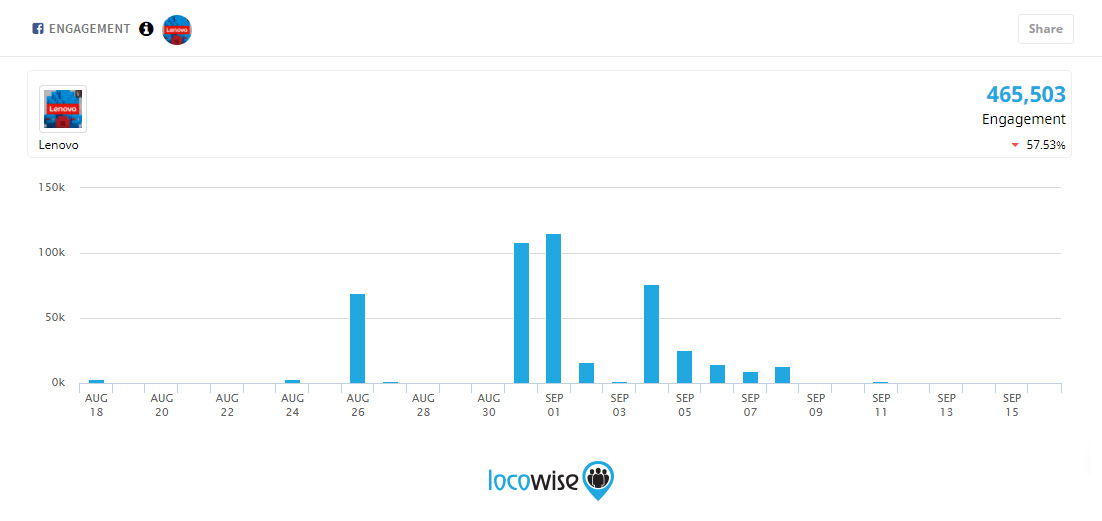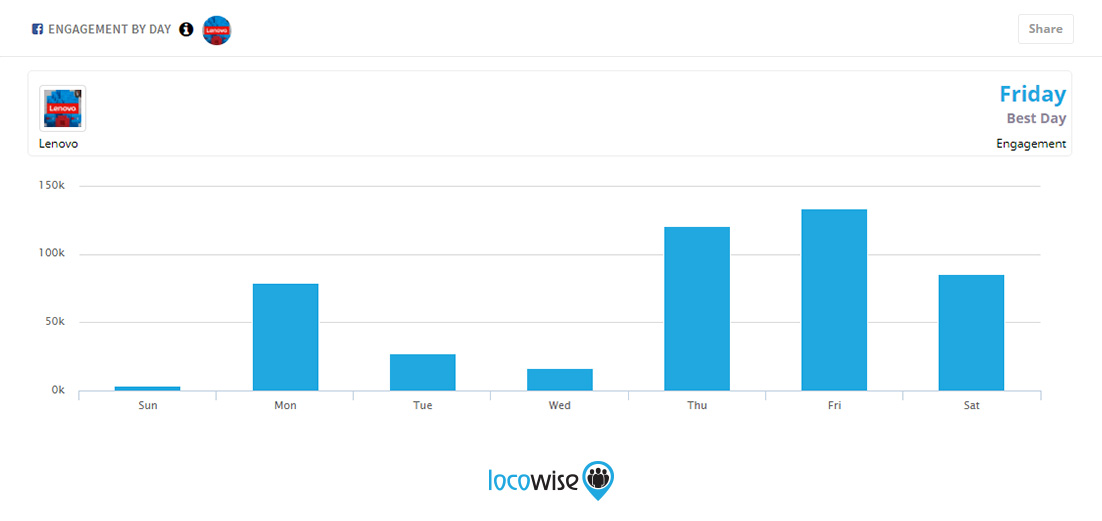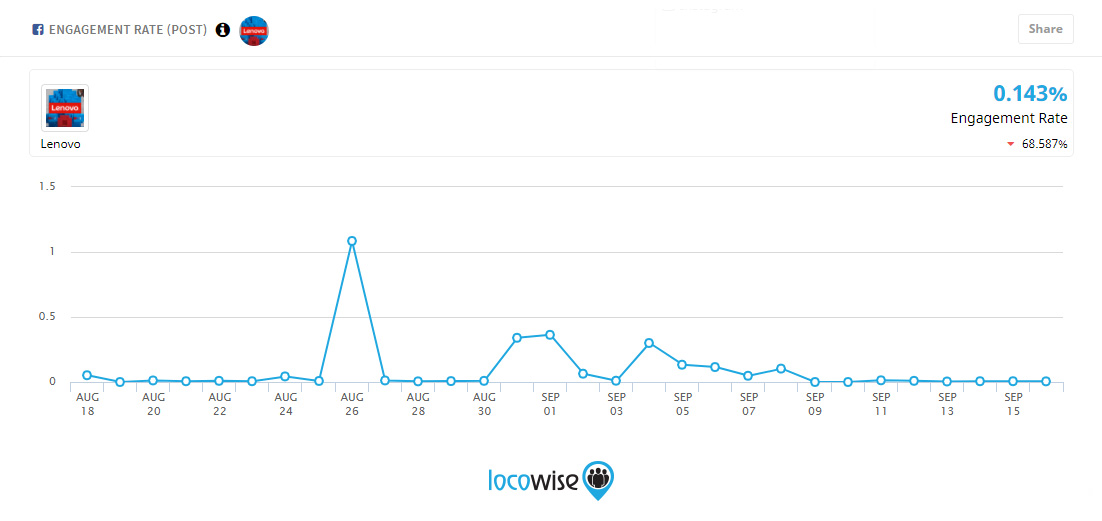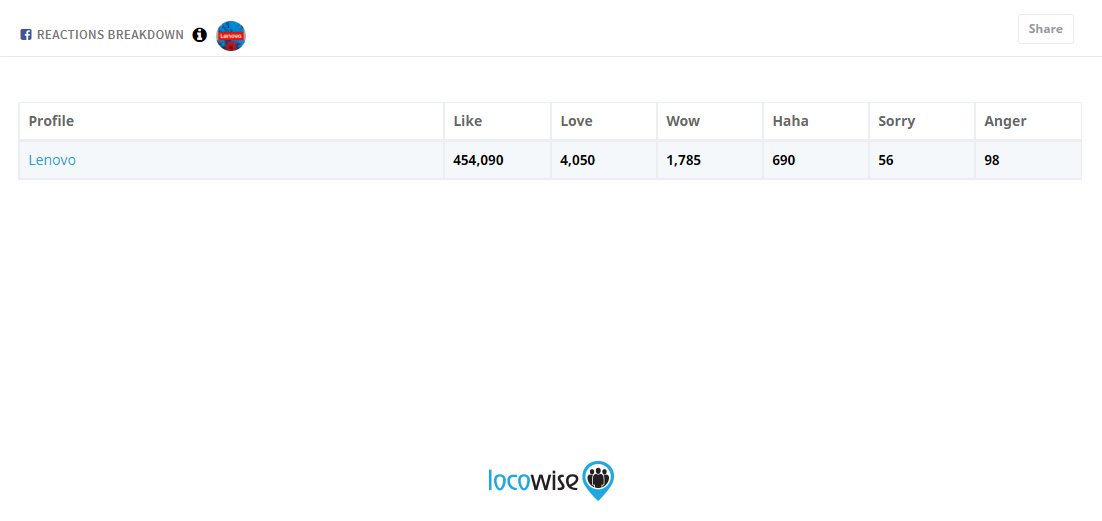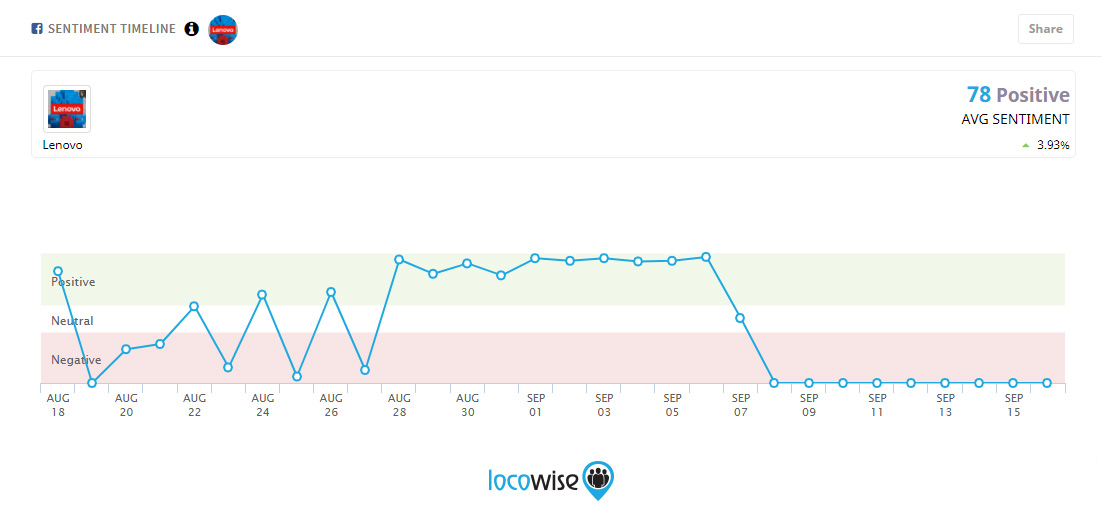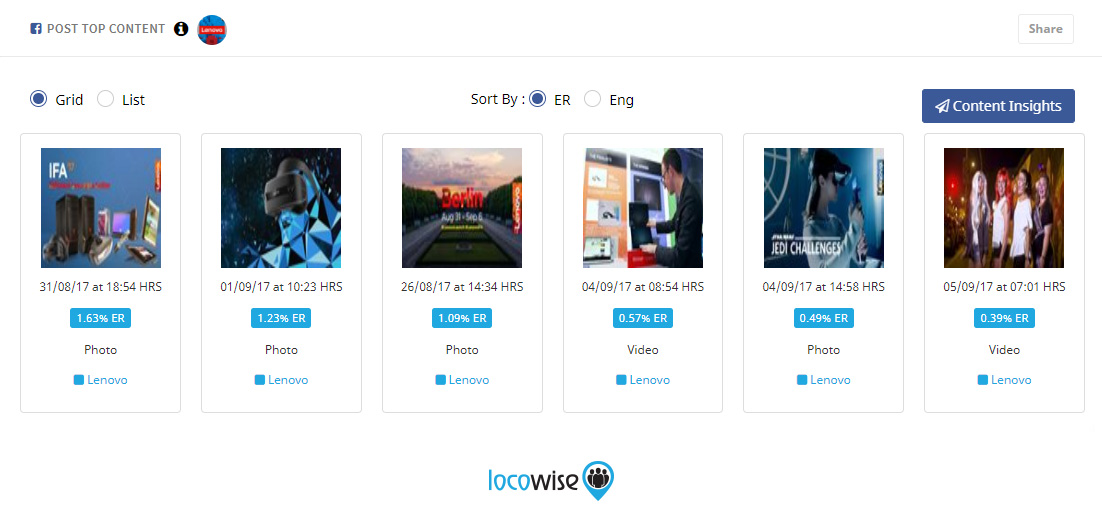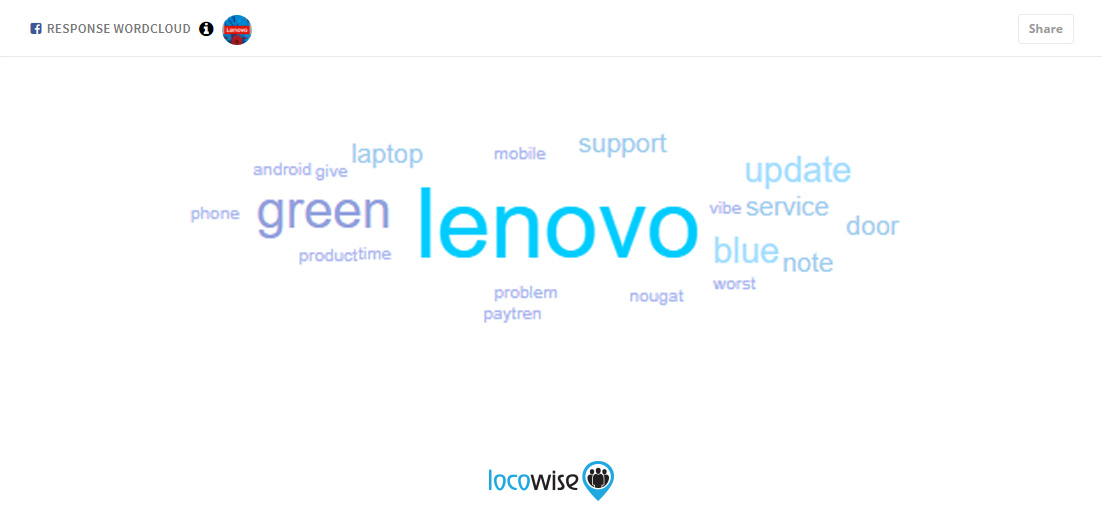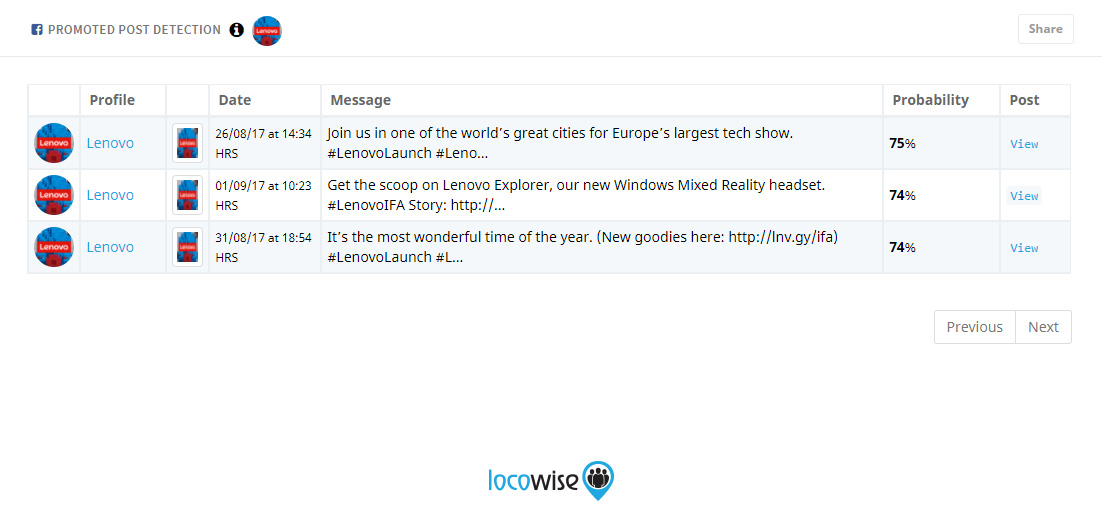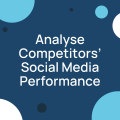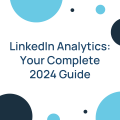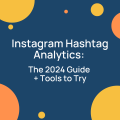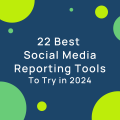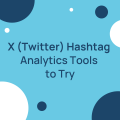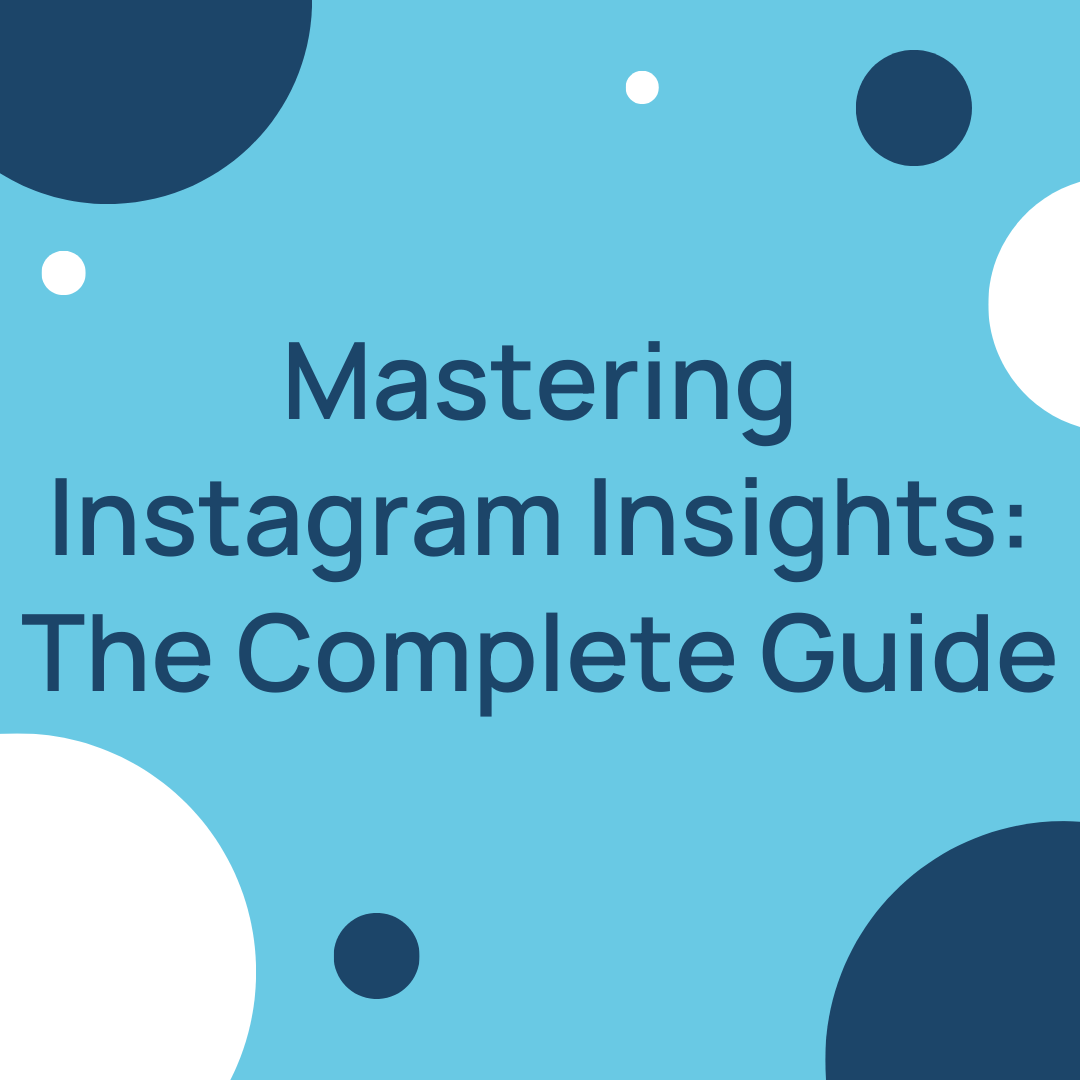How To Analyse Your Social Media Competitors On Facebook
Ivan Ivanov posted on 27 September 2017
In recent years, the way we use the online world as a society has changed in a variety of ways. Just a decade back, a nice website targeting a specific keyword was enough for a business. Yet today, the checklist of online presence is at an all time high. A company doesn’t only have to be focused on having a great mobile-responsive website, but it also has to be able to bring in as much traffic as possible from social media. What’s more, Facebook is so huge that businesses are made solely on the platform.
And while a report on your competitor’s website can give you insights on what your rivals are doing in terms of SEO, it can never give you the specific details of their business that social media networks can.
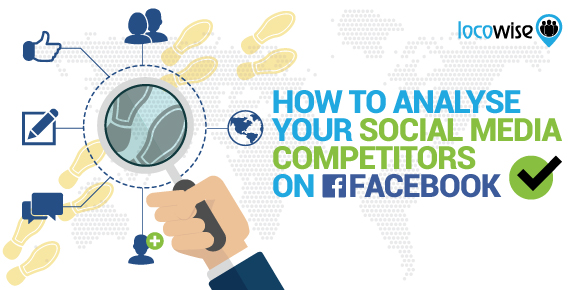
When tapping into and reading your competitor’s analytics on Facebook, you can often get more value than when reading your own analytics on the platform. In most cases, you are not only able to have a better idea of what your rival’s social media strategy is, but you can also receive information about their core audience, their most responsive audience members, specific post engagement statistics and much more.
On the surface, analytics always seem a bit difficult to understand. Even experts who have been working in the social media marketing industry sometimes have a hard time getting the most out of the insights they have access to. With that in mind, and to help you out and inspire you, we decided to create a short guide, outlining some of the ways you can use your competitor’s analytics on Facebook to your advantage. Let’s get started!
Competitor’s Audience Growth and Demographics
When curating a report on Locowise.com for a competitor’s brand, the first analytics you’d be hit with are the audience timeline, growth and the demographics location. In fact, these are the most common statistics you’d be able to access via similar online tools. And while these graphs don’t always seem to be as useful as the other insights you’ll receive, they are a great roadmap of what to look for when starting to analyse your competitor’s analytics on Facebook.
The audience timeline shows you an overview of the total number of likes a Facebook page has, while the audience growth breaks down the increase/decrease of page likes for a given period of time. Having access to the growth chart, you’d be able to more easily locate a change of social media marketing strategy issued by your competitor or further tap into their existing strategy. What’s more, a drastic change in the growth usually signifies either a particularly well performing post or a real life event that has impacted the Facebook audience response.
The demographics location is a more specific breakdown of the specific country audience members of a page are currently suited in. This can help you understand what the exact target audience of your competitor is. What’s more, especially for smaller pages, these analytics can help you decipher an ad marketing campaign or give you insights on the exact performance of a page in a specific country.
Engagement Analytics of your Competitors on Facebook
Things get slightly more interesting with the engagement analytics that you’d be able to access if you register for a 7-day free trial of Locowise. While the number of likes for a page is important, what’s even more crucial is the actual engagement rate of both the page and the specific posts made by that page.
Such insights of your competitors on Facebook can help you understand what a good engagement rate is within a specific industry, how well your rival is performing and more.
Engagement analytics, similar to audience growth, can further help you identify a change in marketing strategy, a great performing post or a viral trend used by your competitor to boost engagement.
With the introduction of post reactions, another significant insight you can get for the analytics and performance of your competitor on Facebook is the post reaction breakdown. It can show you the exact reactions given by the audience within a specific time period. By having access to this you can further analyze whether the engagement has been positive or negative.
Here at Locowise, we further simplify the audience reaction analysis, by giving you an audience sentiment graph. It breaks down how positively or negatively the reactions have been based not only on the specified post reaction on Facebook itself, but also via a more detailed overview of the nature of the comments. The sentiment is one of the first insights you should check after checking the engagement as you’d be able to see whether or not that engagement boost you’ve seen in the previous graph has actually been positive or negative. This can help you avoid doing the same mistakes your competitor has done simply because you’d previously thought it’s a working strategy due to the increase in the engagement rate.
The Sweet Stuff (Engagement Breakdown by Post, Top Audience Members, Response Wordcloud)
Even though the audience and engagement analytics for the entire page can give you some insights on the marketing strategy of your competitor, the real treasure comes with further statistics that you can receive from their page.
These include the specific engagement breakdown by post, the top audience members, the response word cloud and more.
Each of the more specific metrics can give you a huge boost towards defining your own social media marketing strategy. But for the most part, you can use such information to your advantage in a variety of ways.
For example, when having access to the engagement breakdown by post, you can see the best and the worst performing posts of your competitor. That can paint a better picture of what that particular audience likes and dislikes.
But going even further, seeing the top response contributors of a page can help you identify and target specific people that are both active on social media and are within your target audience range. In the same way, a response word cloud can help you see the overall reaction of the fans of a certain page with a single glance.
But the detailed analytics don’t stop there. Estimations about impressions, promoted content and other such notions, that you are usually not able to access, can easily be predicted via certain algorithms.
For example, at Locowise.com we use specific data and analyze it to give you a best prediction and estimation of more detailed analytics about your Facebook competitors that you are not able to receive anywhere else. Sign up for a free 7-day trial to check it out.
Instant Boost to your Own Engagement via Competitor Insights
One of the best benefits that comes with having access to such analytics is the instant boost to your own engagement rate. This can easily be done by employing the social media marketing strategies of your competitors that work. As you both share a specific target audience, you’d be able to know what that audience is keen on liking and what it doesn’t like.
Furthermore, knowing the top response contributors of your competitor can help you out target specific groups of individuals, whether through Facebook Ads or via other strategies, which may eventually lead to an engagement boost of your own page.
One of the first things to keep in mind when starting a new marketing strategy on Facebook is that the number of likes doesn’t paint the whole picture. Sometimes, even the engagement rate can be deceiving if for example a post has received negative sentiment. Having this in mind, it is crucial to understand all the possible details behind the performance of your competitors so that you can better plan out your own marketing strategy.
Another way you can use your competitors analytics on Facebook to your advantage is to impress your clients. If you have been performing better than your competitor, showing a few graphs on how well your social media marketing strategy is performing compared to your rival can be a huge boost in the eyes of your clients. What’s more, it can even help you out when trying to attract new clients.
And competitor’s analytics on Facebook isn’t the only way Locowise.com can help you win new clients. With detailed analytics for social media profiles and beautiful automated marketing reports, you’d be able to make your job easier and attract new clients instantly. Sign up for a free 7-day Locowise.com trial today!

